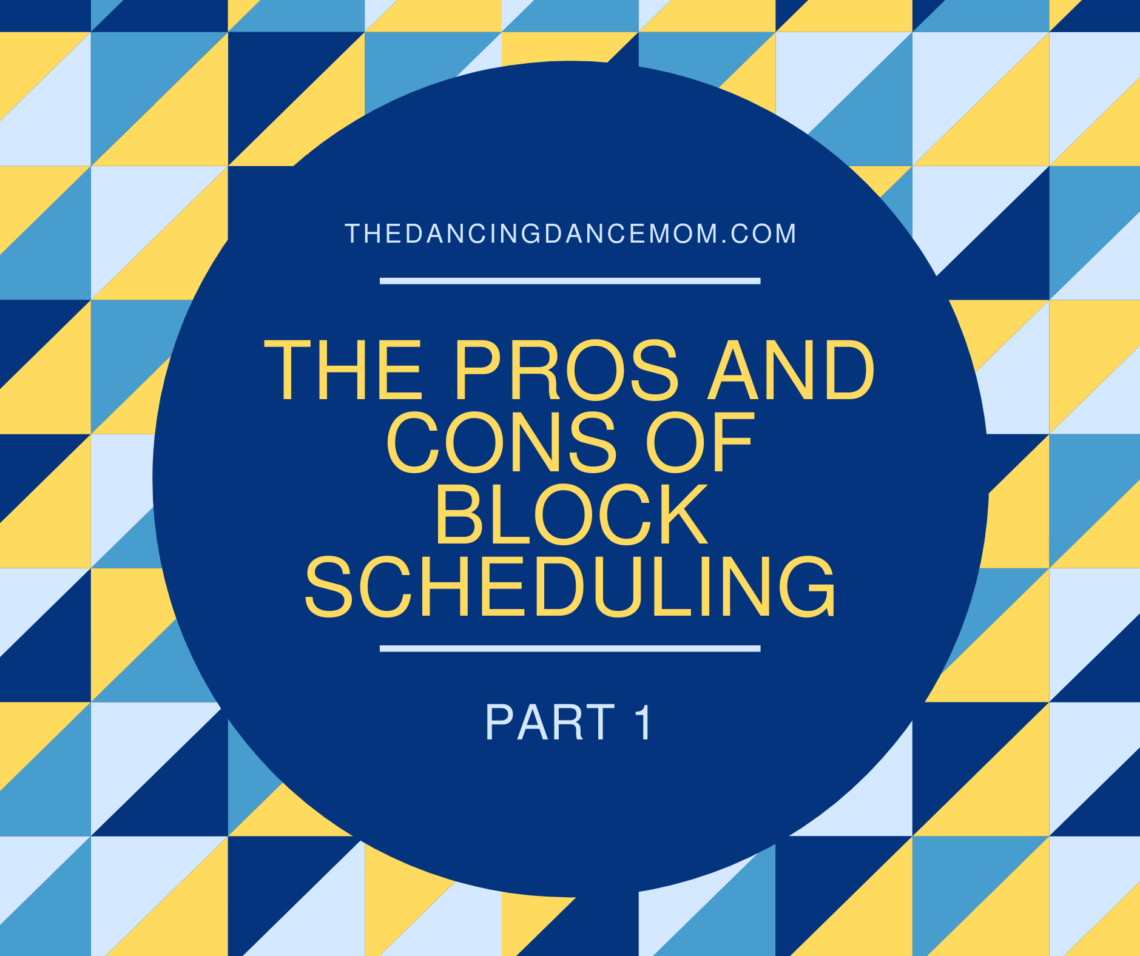
The Pros and Cons of Block Scheduling, Part 1
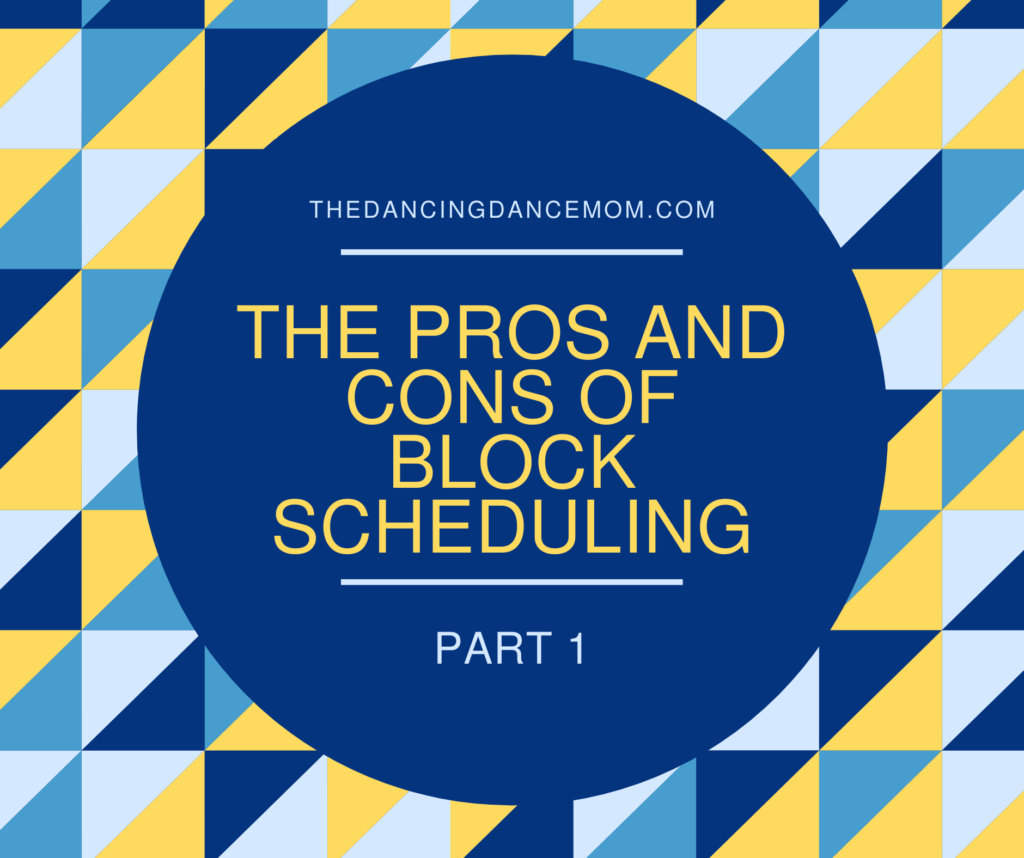
In order to keep running their events, most dance competition companies have switched their traditional format to that of block scheduling. A block schedule provides one “block” of time for just one dance studio to come in and perform ALL of their routines. The duration could be a couple of hours to half a day, depending on how many numbers the dance school plans to compete. Several variations of this format can be implemented as well; some competition companies do all solos/duos/trios from all the participating schools during one of the blocks, smaller schools can be grouped together in one larger block, etc. Awards are handled differently than with a traditional format, but typically, the company live streams a virtual awards ceremony at the end of the event. The hosts may give special judges’ awards, adjudications (four stars, diamonds, platinums, oh my), and/or scholarships at the end of each studio’s block, while the dancers are still there to receive them in person.
As with anything in the dance world, we parents have some strong opinions about block scheduling. When I asked for feedback on my Facebook post, the comments were as varied and divided as you might imagine (thank you to everyone who contributed). Below, I’ve written a summary of the cons and pros (I figured I’d end on a positive note) that I’ve either heard about from dance moms and dance dads, or came to conclude myself.
The Cons
Those of us that are familiar with the workings of the traditional dance competition format see these differences as detracting from the overall experience, compared to what we’re used to.
Missing Interactions With Others
For how big it is, the competitive dance community is surprisingly small (thanks, social media). When you’ve been in for a few years, you get to know other dancers from other schools (my girls have formed friendships with dancers they’ve met from thousands of miles away during the World Dance Pageant and other events). Having the opportunity to see them in person has always been a perk for us, so missing those social interactions is a definite downside to the experience.
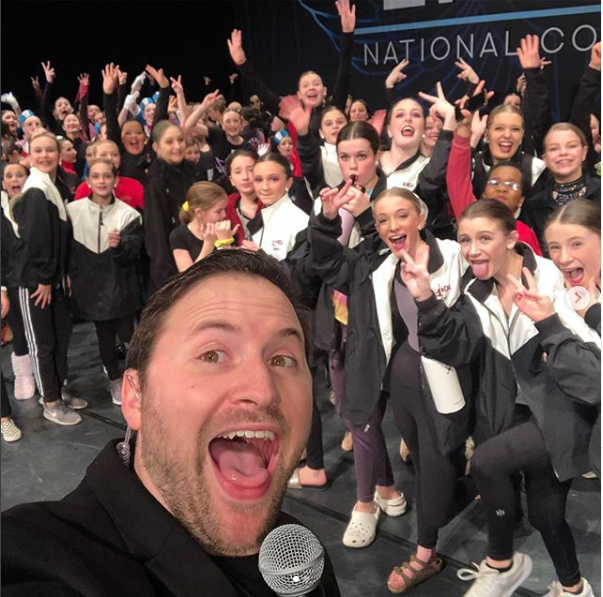
When you only see your own studio’s numbers take the stage, you lose out on seeing other schools’ routines. Over the years, we’ve seen so many fresh, unique, and inspiring dances from other groups. Competing among the best helps to elevate everyone; we teach our kids that, if they want to improve and perfect their craft, being the little fish in the big pond naturally motivates you to swim harder to keep up with the big fish. With block scheduling, far fewer opportunities for this exist.
Rush Hour
Getting in the Zone
Most dance families that have participated in a block scheduling event have reported far less time to properly stretch and warm up each routine before the dancers hit the stage. For obvious reasons, this increases the likelihood that pulled muscles, twisted limbs, and other injuries will result. Also, dancers are more susceptible to anxiety with this rush-rush mentality, which can adversely affect their performance. Without that extra time to stretch and focus, dancers might not have time to get into “the zone” mentally before they take the stage.
Make It Quick
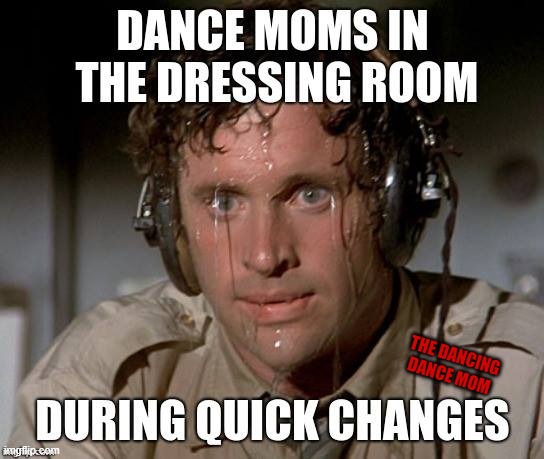
Let’s talk about quick changes, which have become the order of the day with block scheduling. With no routines from other studios to act as buffers, individual dancers might have to be on stage for the very next number! Based on the buzz from parents, the organizers of these events have been pretty understanding when a routine needs to be delayed for one reason or another. Even still, knowing that she has to be back on stage in just two numbers (or less!) can weigh heavily on the mind of any dancer, no matter how seasoned a professional she is. With all of this chaos, mistakes can (and do) happen; buttons may not get firmly snapped, clasps may go unsecured, etc. (Lauren fell victim to a wardrobe malfunction and lived to tell the tale in To Top It All Off). Those little moments that we relied on to double- and triple-check everything virtually disappear with the block scheduling format.
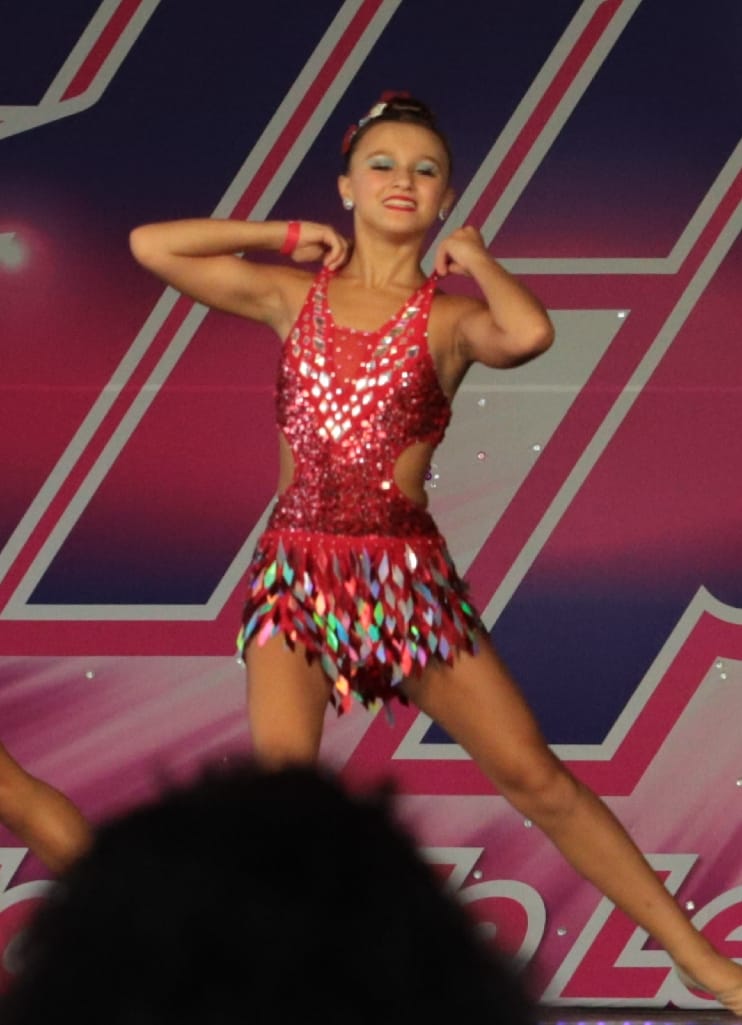
No Rest for the Weary
Because of the nonstop action of a block schedule, dancers have less downtime. Without longer stretches in between their numbers, fewer opportunities to rest and recharge exist. These kids are getting tired, and we all know that injuries and mistakes happen when athletes are worn out (both mentally and physically). My girls love grabbing a pink drink or vanilla frappuccino from the nearest Starbucks in between performances; these little refreshment breaks were a part of competition days that they could always look forward to before, but now they’ll need to wait until the event is over for the day (not the worst thing ever, but still…).
For the PROS (and a couple more cons), be sure to read The Pros and Cons of Block Scheduling, Part 2

Valentines for Dancers

Winning Streak
You May Also Like

See No Evil
June 3, 2020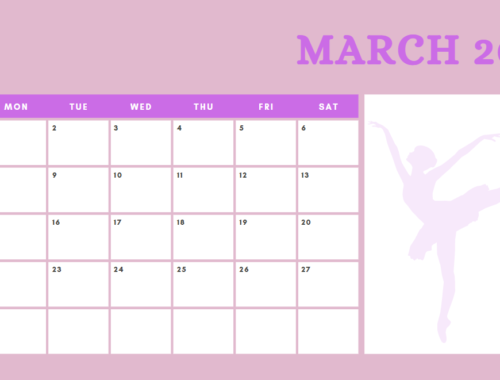
March Calendars
February 28, 2021

19 Comments
Ryan
Great read! Very informative. Thanks for sharing!
Sabrina DeWalt
I would think the lack of interaction and not being able to watch the other routines would be the worst part of block scheduling.
Tiffany
When competing, I always loved seeing my friends from other places. That is what I would miss most!
Sydney Delong-Eat Simply Sweet
I can see how negative block scheduling can be! Especially that interaction with other groups, and being able to see their performances, I think is probably the biggest downfall.
Elaina
I think the hardest thing would be the limited interaction with other teams. I know this is best right now for everyones saftey and health. Here’s hoping that we are reaching the end of this trying time.
Megan
I would definitely miss not being able to interact with friends more. As a kid, that seems important. And I definitely wouldn’t want to be short on stretching/warm up time!
Sabrina
Very interesting read. Maybe they will see the impact on the dance community and make some adjustments. Change for the sake of change without measuring the impact could lead to disaster. Good luck and thanks for sharing.
Tammy Horvath
That sounds very hard. You definitely should stretch first. I can’t believe there isn’t always time.
Marianne
As a non-dance mom, this is all new and fascinating to me!
Jason Gowin
I am learning a lot from your posts, thank you for sharing.
Debbie
Sounds like lots of adjustments in the dance world!
Tricia Snow
I love block scheduling. It is what works for my personality type. I think that is the key.
Carolyn
As a show choir mom, I know the importance of the double and triple costuming checks. I can only imagine the extra anxiety that those super fast changes can bring on in addition to the lack of down time!
Sandi
It doesn’t matter how young you are, having time to prepare physically and mentally is key to success. Boo on block scheduling.
Barbara
How odd! No time for stretching? That doesn’t sound very safe for this level of athleticism. Human interaction and bonding with other friends is being lost…sad.
lisa Manderino
It doesn’t sound like a good fit, hopefully it will change!
Kristin
Seems so hard to get them changed and I would imagine they woudl be so wiped after such a long block of back to back dancing. I don’t think I woudl prefer this.
Whitney Woodley
I agree. Block scheduling doesn’t sound too effective. You are really missing out on some strong bonds & relationships. Just seems so rushed. I feel for you mama. Hang in there though.🌸
Cindy Moore
In the dance world, block scheduling seems to not be very effective. I’ll have to see what the pros are!